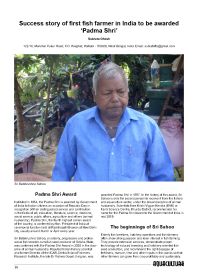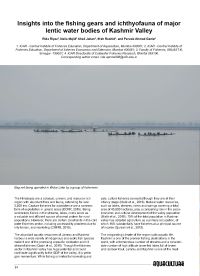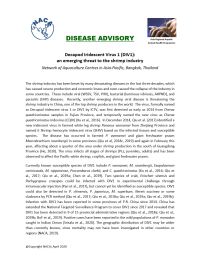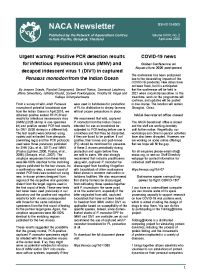Instituted in 1954, the Padma Shri is awarded by the Government of India to Indian citizens on occasion of Republic Day in recognition of their distinguished service and contribution. Sri Batakrushna Sahoo, an elderly, progressive fish breeder and seed producer of Odisha State, was conferred with the Padma Shri Award in 2020 in the discipline of animal husbandry. He is only the second person to receive it from the fishery and aquaculture sector. This article documents Sr Sahoo’s beginnings, early entry into fish seed production, his success and role in educating others over the years.
The abundant aquatic resources of Jammu and Kashmir harbour a wide variety of indigenous and exotic fish species make it one of the promising areas for coldwater and hill stream fisheries. The fish fauna of Kashmir Valley is mainly represented by the families Cyprinidae, Cobitidae, Silurideae, Poecilideae, Sisorideae and Salmonideae. The fisheries sector in Kashmir valley has huge potential but is yet to gain momentum. This article describes the fish fauna of the lakes of Jammu and Kashmir, and some of the indigenous fishing gears commonly used by people living in the area.
This disease advisory describes the history, known host range, clinical signs and PCR detection methods for decapod iridescent virus 1 (DIV1). Preventative strategies are suggested. Currently known susceptible species of DIV1 include Penaeus vannamei, Macrobrachium rosenbergii, Exopalaemon carinicauda, M. nipponense, Procambarus clarkii, and Cherax quadricarinatus. Clinical signs of infected P. vannamei are not typical, including slightly reddish body, hepatopancreatic atrophy with colour fading, and empty stomach and guts.
In this issue:
Urgent warning: Positive PCR detection results for infectious myonecrosis virus (IMNV) and decapod iridescent virus 1 (DIV1) in captured Penaeus monodon from the Indian Ocean; COVID-19 news; Urgent announcement on usefulness of the lymphoid organ (LO) as an additional prime target for diagnosis of decapod iridescent virus 1 (DIV1) in diseased P. vannamei; Fresh or frozen seafood?; Report of the Eighteenth Meeting of the Asia Regional Advisory Group on Aquatic Animal Health; COVID-19 fallout could push half a billion people into poverty in developing countries; Simple techniques double crablet production.
Due to the devastating impacts of the COVID-19 pandemic the conference has been postponed. New dates have not been set, but it is anticipated that the meeting will be held in 2021 when circumstances allow. The venue will remain Shanghai, China. In the meantime, work on the programme will continue. Updates will be posted in due course.



